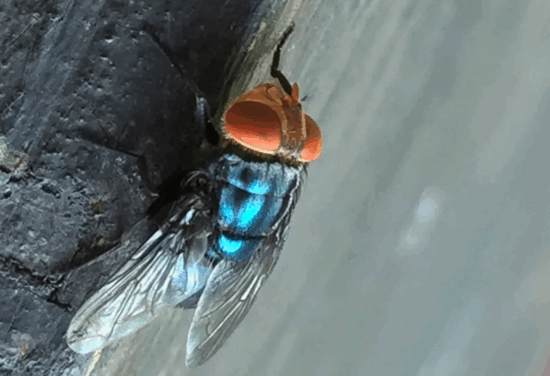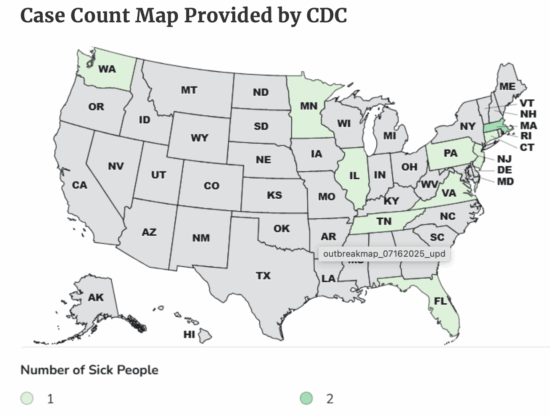When Secretary of Agriculture Brooke Rollins said on Aug. 15 that the New World screwworm had not been reported or detected in the United States “in animals,” she failed to mention that the maggot that burrows into the flesh of living organisms had already been confirmed in a Maryland man on Aug. 4.
The Centers for Disease Control and Prevention (CDC) and the USDA failed to disclose the critical public health finding except to hand-picked industry insiders until Aug. 24. Bill Bullard, chief executive of the Billings, MT-based R-CALF USA, the disclosed reports that amount to “insider information regarding an issue with potentially severe financial ramifications.”
“We are deeply concerned that if the publicly disseminated Reuters report is accurate, including its implication that only select industry participants were timely informed of the detection of this devastating pest in the United States, then our governmental system is fundamentally broken,” Bullard said. “Independent U.S. livestock producers rely exclusively on the USDA to protect the health and safety of their livestock herds against the introduction of foreign pests and to protect the integrity of their U.S. livestock markets by preventing manipulation.”
The Reuters news service first reported on the screwworm’s arrival in the United States on Aug. 24.
R-CALF USA represents independent cattle producers. Bullard is demanding “a full investigation of this incident and the establishment of a New World Screwworm task force comprised of representatives of each sector of America’s livestock industries.”
“Without transparency and symmetrical information dissemination to all industry participants – including to producers whose livelihoods could be severely impacted by not receiving information selectively provided to others – there can be no trust between industry participants and the government.” Bullard added.
In her Aug.15 statement, Secretary Rollins said the screwworm pest is a top food safety concern, and USDA’s Food Safety and Inspection Service (FSIS) is on the front line because it inspects the products that it might use as a vehicle to enter the United States.
But for the first human screwworm case, it was the Maryland Department of Health that investigated the case and confirmed the report on Aug. 4 through telediagnosis. The federal Centers for Disease Control and Prevention (CDC) and the Maryland Department of Health said the first human screwworm victim was a Maryland man who’d traveled to a South American country
According to the U.S. Department of Health and Human Services, risk to other Americans from the first New World Screwworm, a pest endemic to Central and South America, remains low.
When NWS fly larvae (maggots) burrow into the flesh of a living animal, they cause severe, often deadly damage. NWS can infest livestock, pets, wildlife, occasionally birds, and of course, people. It is not only a threat to the ranching community, but also to the food supply and national security.
According to R-CALF, cattle futures markets are expected to react negatively to any reports of a U.S. detection of NWS, as was demonstrated in May when a false report of an NWS detection was publicly disseminated in Missouri, causing a temporary market sell-off.
R-CALF USA requested that the U.S. Commodity Futures Trading Commission investigate the false report because it may have caused financial injury to people who traded live cattle futures or sold their cattle in the cash market
Colin Woodall, chief executive of the National Cattlemen’s Beef Association (NCBA), which claims to represent all industry segments, is happy with how the federal government handled the first human case.
“The case was quickly identified and handled by the CDC in accordance with their protocols. Based on what has been shared with state animal health officials, we do not see any elevated risk to the livestock industry at this time, ” Woodall said. “We appreciate the diligence of human health authorities. This case was quickly addressed thanks to existing protocols, and we are thankful for the ongoing coordination between the CDC, state departments of health, state animal health officials, and USDA.”
(To sign up for a free subscription to Food Safety News, click here.)



